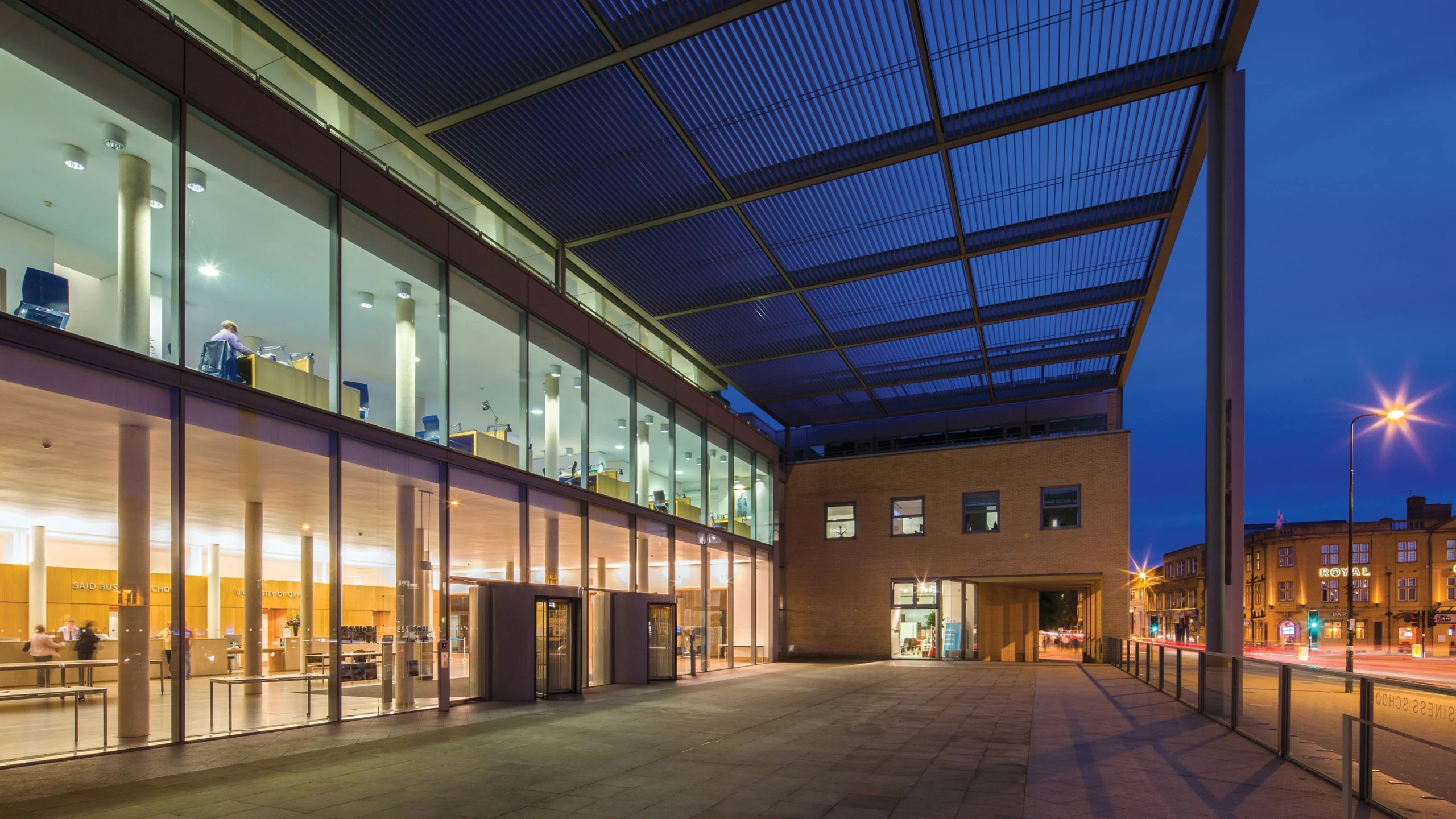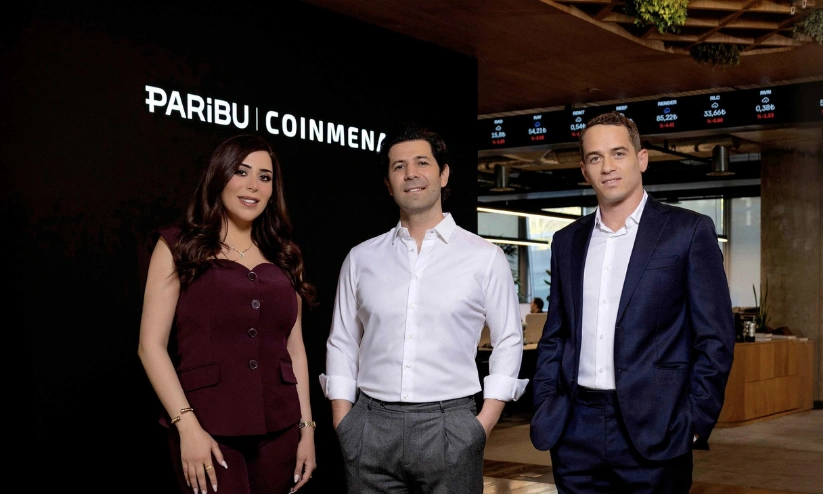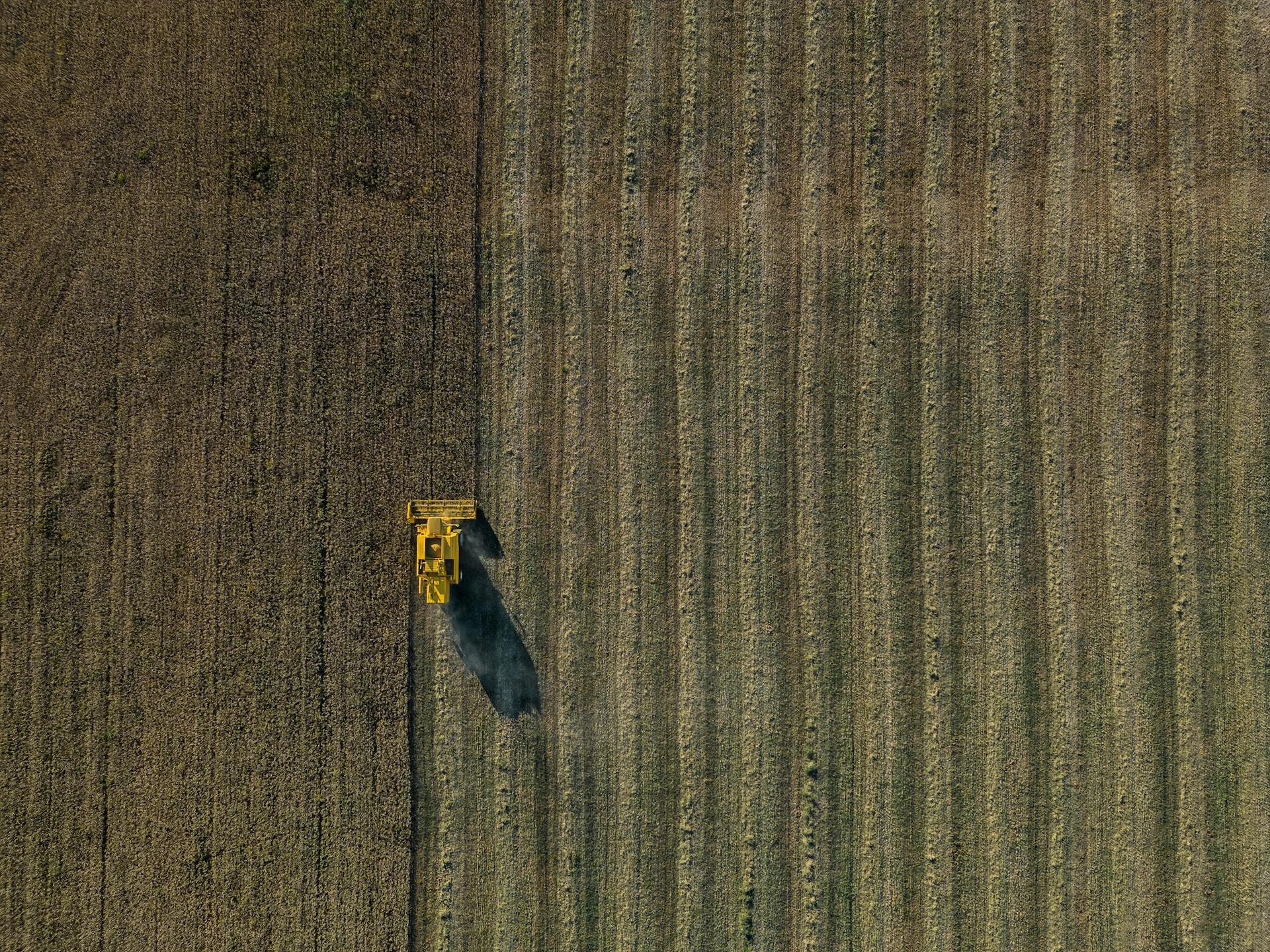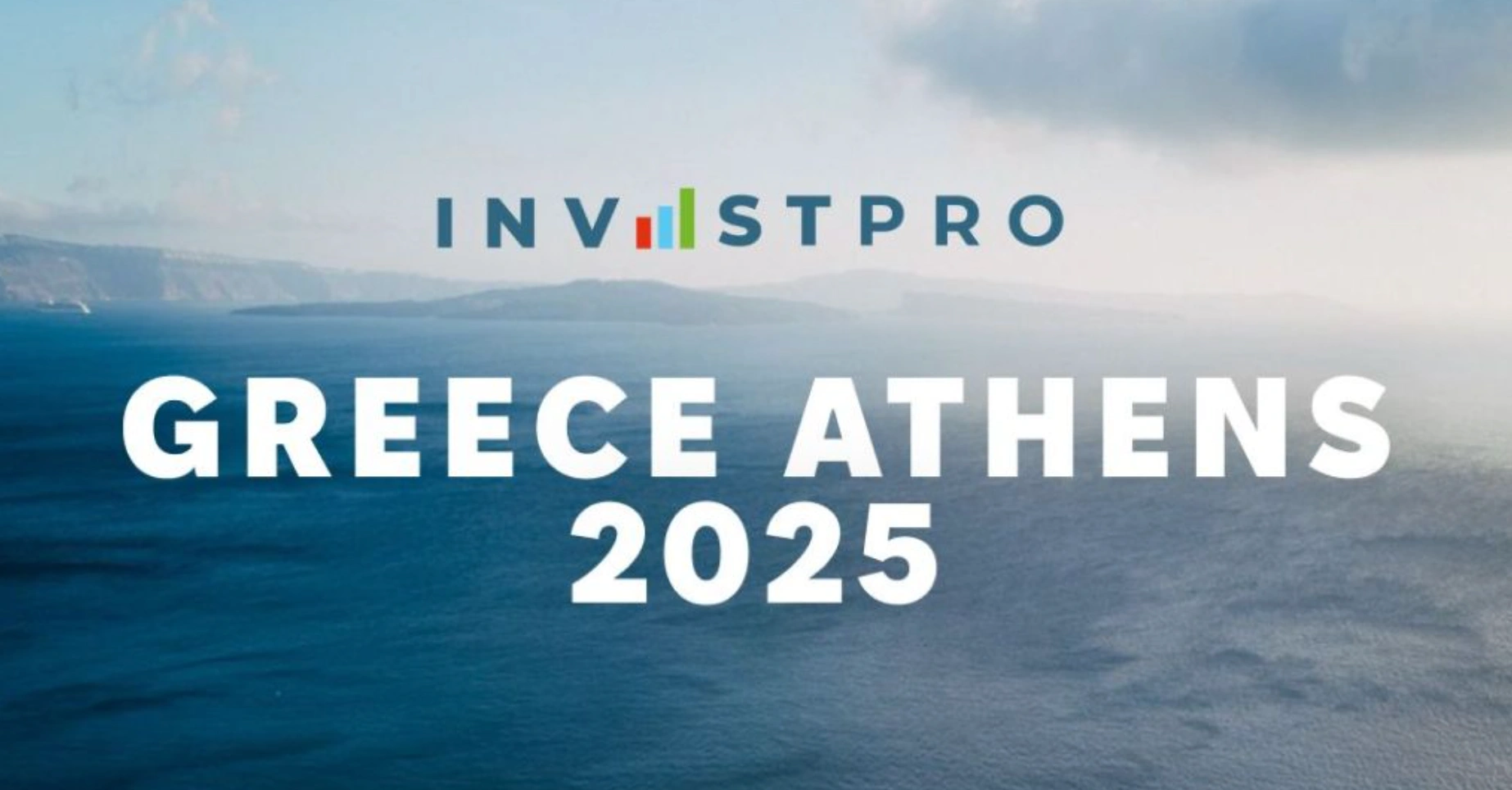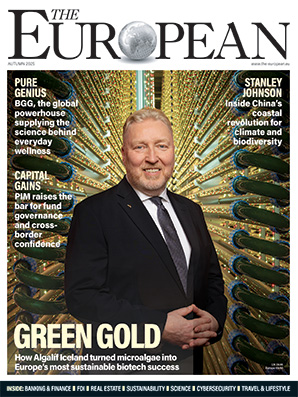Earth at risk of ‘Star Wars-like invasion’, The European’s science correspondent warns

Professor Tim Coulson
- Published
- Opinion & Analysis, Science

Earth might be at risk of an invasion by aliens resembling Jabba the Hutt, The European’s science and environment correspondent has warned
Professor Tim Coulson, an Oxford University biologist, said humans could be “wiped out” by fat, slug-like ETs that look like the Star Wars villain.
In his most recent column, the eminent scientist argued that it is “perfectly rational” to assume intelligent life exists elsewhere in the universe.
And if it does, the technologically advanced creatures he imagines to be “bloated, slow-moving blobs” could try to colonise the planet and plunder our resources.
Professor Coulson, pictured, who has advised governments and written more than 200 peer-reviewed articles, said we should consider flying saucers and other signs of space life to be a threat to mankind.
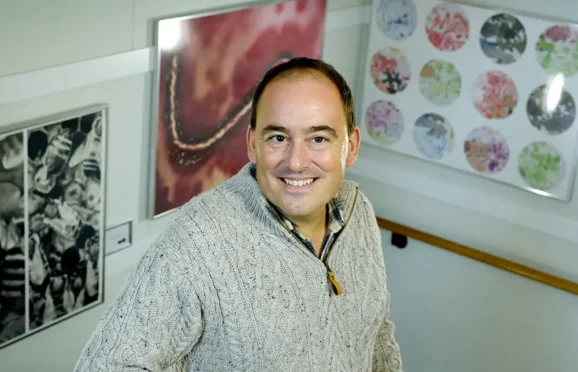
His warnings come as US firm Firefly Aerospace successfully landed a spacecraft on the moon, paving the way for mankind’s exploration of deep space.
He wrote: “Given aliens are likely made from the same stuff as us, they may very well behave like us.
“Perhaps hi-tech alien spacecraft are already traversing vast tracts of space towards Earth, on a mission to make it a new home for the aliens that built the kit.
“If that is true, we should treat any alien tech that appears in our solar system with extreme caution.”
The question of what aliens might look like – and if they exist at all – has captivated humanity for decades.
Experts have suggested they might resemble anything from jellyfish and shrimp-looking creatures to little green men with pointed heads and large eyes.
But Professor Coulson, who has won awards from major institutions including the Royal Society, believes the most common alien lifeforms would need to be dextrous enough to have created and control the technology around them.
This means they would need jointed arms, multi-digited hands, and organs and brains to make sense of the world around them.
But because advanced alien civilisations will have been reliant on technology to make their lives easier, they will have become “slow, sluggish and largely sedentary”.
Professor Coulson, the author of The Universal History of Us: A 13.8 billion year tale from the Big Bang to you, said if he had to “hazard a guess” about what the most common intelligent aliens looked like, he’d put his money on them “not being enormously athletic”.
“If intelligent aliens have developed technology to visit Earth, it is possible that centuries of reliance on advanced tech means they have become sloth-like: slow, sluggish and largely sedentary,” he wrote.
“They may be bloated, slow-moving blobs – more Jabba the Hut than Chewbacca, perhaps even using robotic tech to help them move around much like Baron Vladimir Harkonnen does in the book Dune.”
The academic said if aliens do exist, they are unlikely to visit Earth without attempting to colonise it for themselves.
He wrote: “There doesn’t seem much point in aliens sending tech part way across the galaxy only for it to send back data it collects thousands of years later – there may be no one left alive to read or interpret the messages.
“The only reason to send a bit of tech into deep space would be to colonise a new home.
“To help them thrive, it might be necessary to remove any species that might hinder their colonisation.
“The tech may well be programmed to wipe out any intelligent inhabitants before humans take over.”
But Professor Coulson, who is widely considered to be one the world’s foremost authorities on biology and evolution, said the chances of ever finding intelligent life beyond our own – or of being invaded – is slim.
“I really hope we do discover evidence of intelligent aliens. But I hope it is by picking up their radio waves that have travelled across space, rather than their technology.
“It is frustrating that the universe is so vast, as I’d love to visit other star systems and planets, but perhaps the huge size has its benefits.
“It makes it challenging for intelligent aliens with colonial intentions to visit us. Given the way we treat other species – even on our own planet – that might be a very good thing.”
Main image: Courtesy Konstantin Finyuk/Pexels
Sign up to The European Newsletter
RECENT ARTICLES
-
 UK and South Korea finalise upgraded free trade agreement
UK and South Korea finalise upgraded free trade agreement -
 Trump lawsuit against BBC raises questions over legal pressure on European public broadcasters
Trump lawsuit against BBC raises questions over legal pressure on European public broadcasters -
 UK government sets up Women in Tech taskforce amid gender imbalance concerns
UK government sets up Women in Tech taskforce amid gender imbalance concerns -
 Mycelium breakthrough shows there’s mush-room to grow in greener manufacturing
Mycelium breakthrough shows there’s mush-room to grow in greener manufacturing -
 Marriott strengthens South African portfolio with new Autograph Collection hotel in Cape Town
Marriott strengthens South African portfolio with new Autograph Collection hotel in Cape Town -
 Oxford to host new annual youth climate summit on UN World Environment Day
Oxford to host new annual youth climate summit on UN World Environment Day -
 Countdown to Davos 2026 as Switzerland gears up for the most heated talks in years
Countdown to Davos 2026 as Switzerland gears up for the most heated talks in years -
 Paribu buys CoinMENA in USD 240m deal as regional crypto markets consolidate
Paribu buys CoinMENA in USD 240m deal as regional crypto markets consolidate -
 AI innovation linked to a shrinking share of income for European workers
AI innovation linked to a shrinking share of income for European workers -
 African airspace overhaul set to shorten flight times for European travellers
African airspace overhaul set to shorten flight times for European travellers -
 Exclusive: Global United Nations delegates meet in London as GEDU sets out new cross-network sustainability plan
Exclusive: Global United Nations delegates meet in London as GEDU sets out new cross-network sustainability plan -
 Fast fashion brands ‘greenwash’ shoppers with guilt-easing claims, study warns
Fast fashion brands ‘greenwash’ shoppers with guilt-easing claims, study warns -
 Europe’s shrinking middle class is turning to the radical right, new study suggests
Europe’s shrinking middle class is turning to the radical right, new study suggests -
 Private sector set to overtake government as main driver of corporate sustainability in 2026, report suggests
Private sector set to overtake government as main driver of corporate sustainability in 2026, report suggests -
 Europe emphasises AI governance as North America moves faster towards autonomy, Digitate research shows
Europe emphasises AI governance as North America moves faster towards autonomy, Digitate research shows -
 JPMorgan plans multibillion-pound tower in Canary Wharf
JPMorgan plans multibillion-pound tower in Canary Wharf -
 Strong workplace relationships linked to higher initiative among staff, study finds
Strong workplace relationships linked to higher initiative among staff, study finds -
 Brexit still hitting poorest hardest as food costs rise and mental health worsens
Brexit still hitting poorest hardest as food costs rise and mental health worsens -
 Global crises reshape household food habits, major review finds
Global crises reshape household food habits, major review finds -
 Sir Trevor McDonald honoured at UWI London Benefit Dinner celebrating Caribbean achievement
Sir Trevor McDonald honoured at UWI London Benefit Dinner celebrating Caribbean achievement -
 Adelphi Masterfil acquires Karmelle to bolster UK machinery manufacturing
Adelphi Masterfil acquires Karmelle to bolster UK machinery manufacturing -
 Cost-of-living pressures push London staff to seek practical perks
Cost-of-living pressures push London staff to seek practical perks -
 AI and scent-science firm Arctech expands into agriculture with Rothamsted base
AI and scent-science firm Arctech expands into agriculture with Rothamsted base -
 Malta PM says future growth hinges on stronger higher-education system
Malta PM says future growth hinges on stronger higher-education system -
 Golden visa surge sets the stage for InvestPro Greece 2025
Golden visa surge sets the stage for InvestPro Greece 2025






